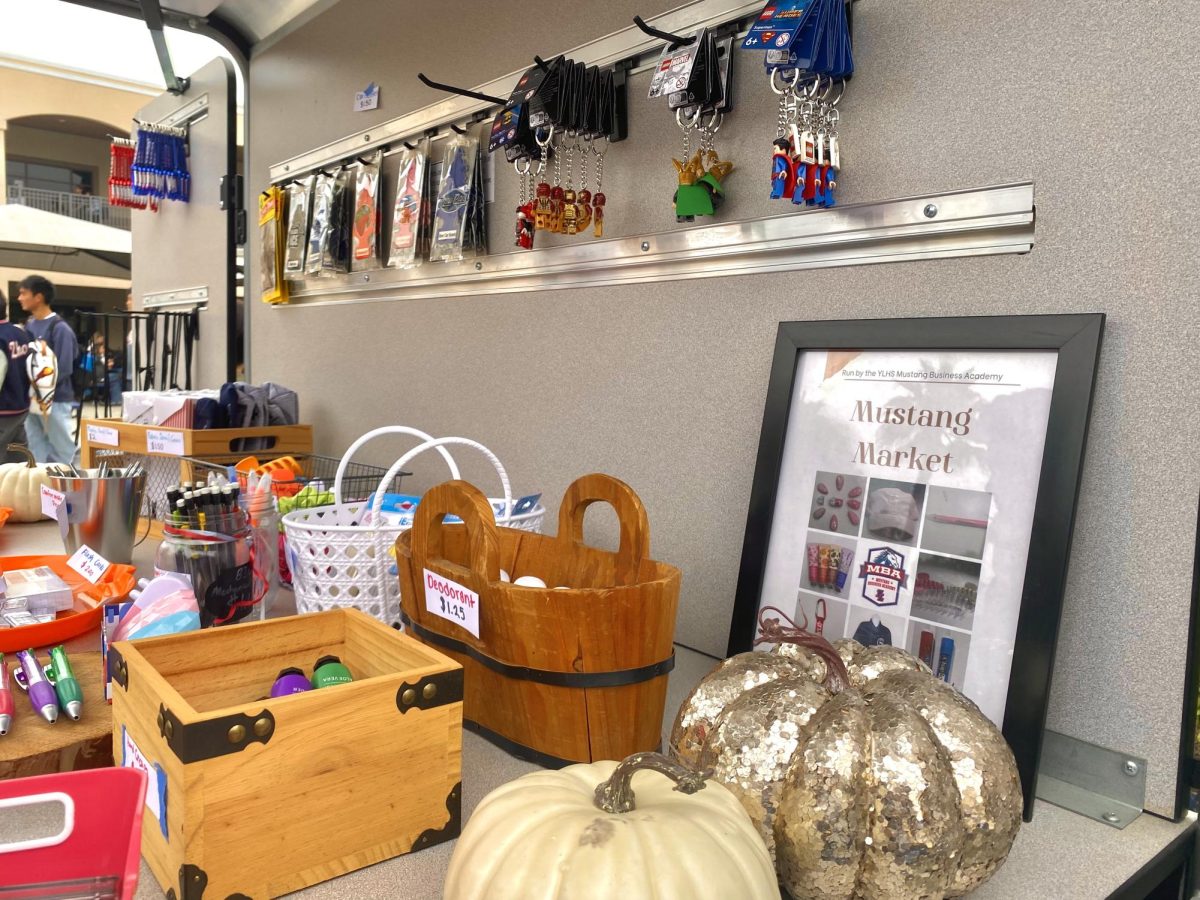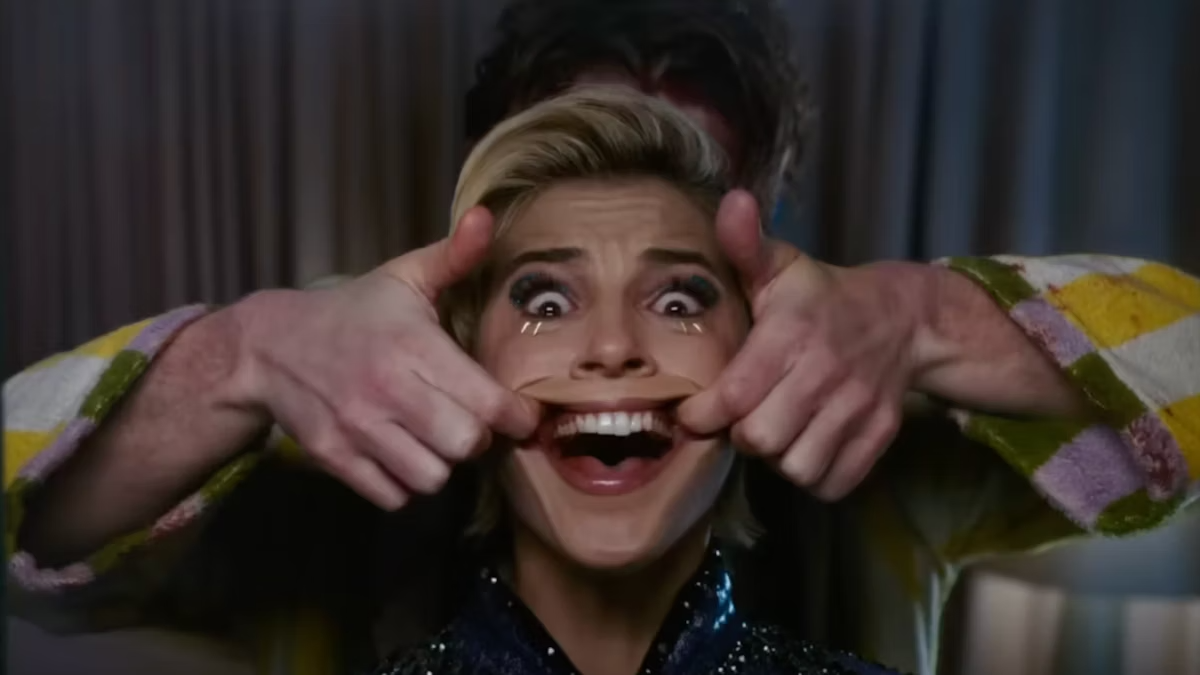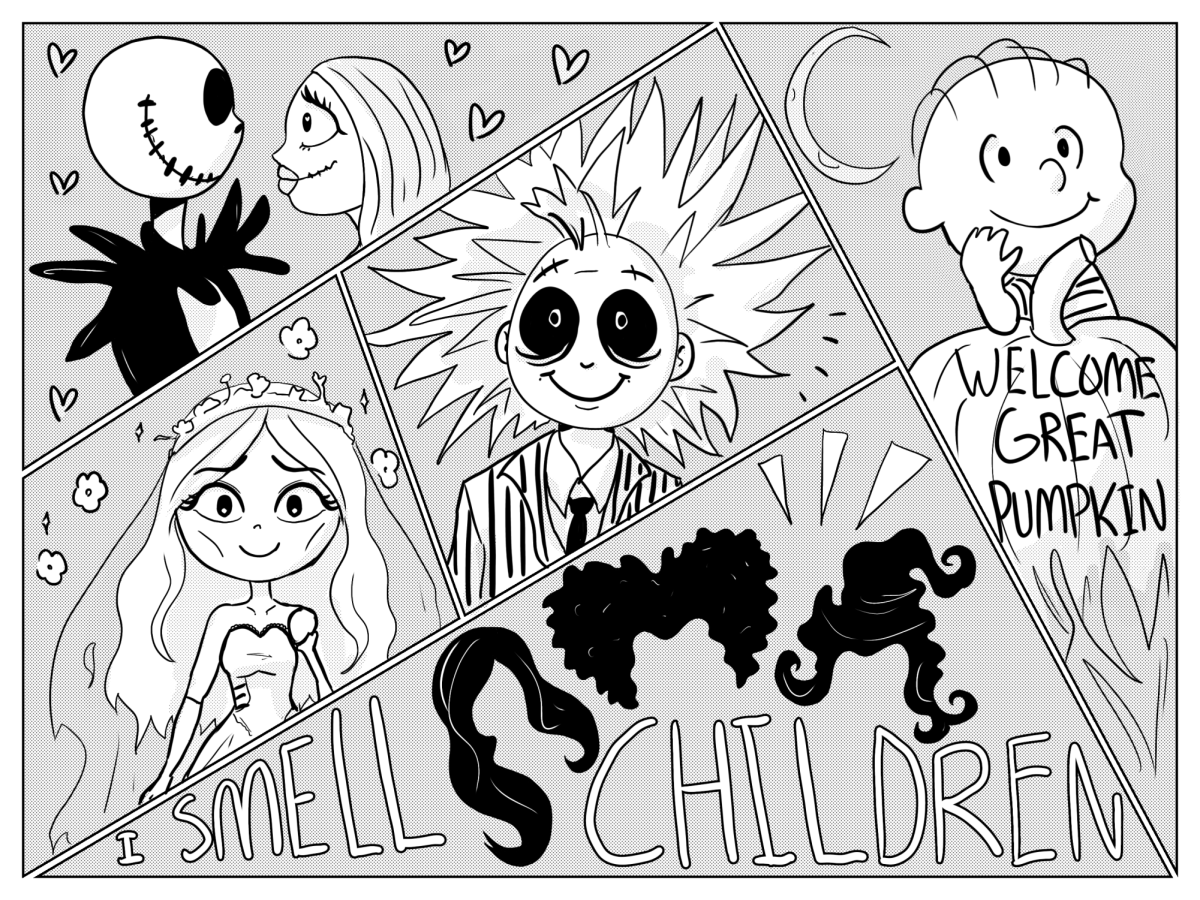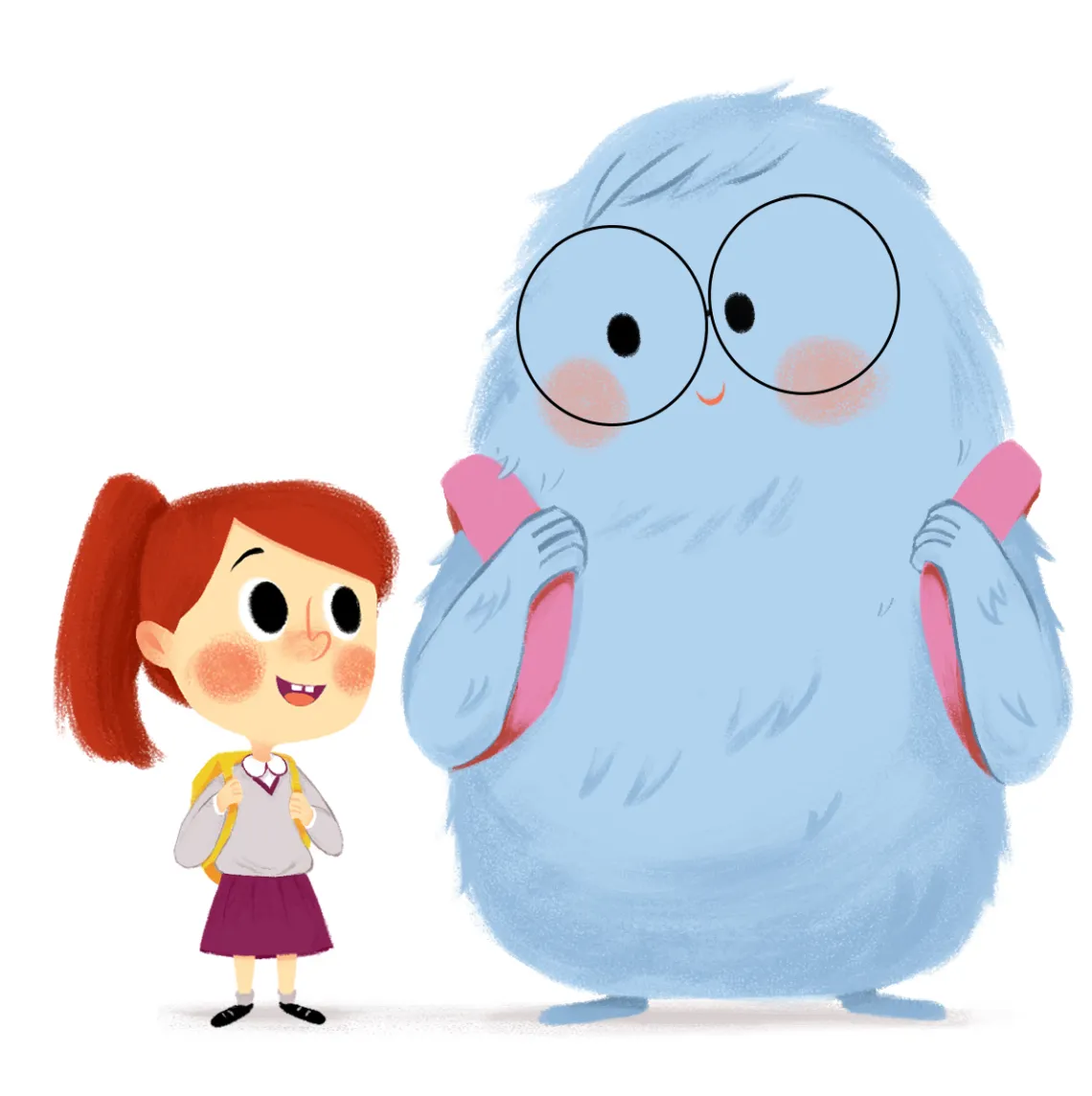When I was six, I had a very good friend named Lolly. Lolly was different from my other friends; whenever she was mentioned, my parents would chuckle to themselves, crack a slight smile, and express how ‘cute’ I was. Lolly was determined to make me smile; she had this enormous confidence that could shake a room, and she often spread that to me when I was presenting in class or speaking to a crowd during Battle of the Books. She also wore a bright pink Jojo bow with tap shoes and loved to eat dumplings. I cannot remember when I “met” Lolly, but I do know that without my brain creating her, I would not have the adventures I hold so deep in my heart today.
So try to recall, deep in your memory, your six-year-old self—the six-year-old with the enormous imagination, liveliness, and creativity practically oozing out of their stained, covered, happy self. No surprise, to your recollection, comes to a “friend,” a friend you cannot remember whether they were physically present, a friend that your parents laugh and smile whenever you mention; that friend was your imaginary friend.
According to Today.com, like the other 65 percent of Americans who have had an imaginary friend until seven, they often forget them as life goes on. This is a natural part of life, as we start to detach from our childhood whimsical selfs and embrace the new adventures of being a teenager. We start to replace our imaginary friends with real friends as our social circles expand and our interactions become more complex.
So, what are Imaginary Friends? As described by the Guardian, until the 1990s, imaginary friends were perceived as warnings of psychological red flags, a sign of loneliness, or a disconnection from reality. However, in the 20th century, this stereotype of imaginary friends has been combated, with imaginary friends now being associated with creative notions and strong verbal abilities, ushering kids to explore their creativity and curiosity.
Although imaginary friends start to disappear when kids start to embrace their tween and teen years, as workloads become more stressful and hanging out with friends at the mall becomes work attractive and expected, how can we still ensure that we maintain the traits that the imaginary character embodied such as creativity, simple answer: boredom. If we create a time slot to make time for ourselves and time to embrace our boredom on a busy day, we can be more relaxed, and our brains can conjure up ideas when they are left to their unrestrained imagination.
Aiyanna Reed (10) expresses her experience with her imaginary friend, “My imaginary friend gave me the confidence to public speak, and helped me embrace my creativity.”
Imaginary friends were a vital part of my childhood, and with the advent of technology, the concept of ‘imagination and imaginary friends’ is slowly becoming foreign to many. It’s crucial to hold onto the traits of our childhood friends, as this ensures that society will continue to foster artists, writers, and problem solvers. More importantly, it reminds us to nurture our own creativity, even as we grow older.



























